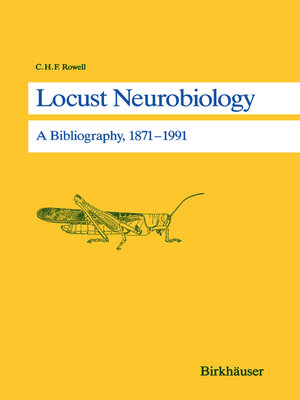
Sign up to save your library
With an OverDrive account, you can save your favorite libraries for at-a-glance information about availability. Find out more about OverDrive accounts.
Find this title in Libby, the library reading app by OverDrive.



Search for a digital library with this title
Title found at these libraries:
| Library Name | Distance |
|---|---|
| Loading... |
The acridoid grasshoppers in general and the various species of swarm-forming locusts in particular have been among the most favoured subjects of insect physi ology, behaviour and ecology for many years. Several factors contribute to this popularity: their abundance in nature and their ease of culture in the laboratory, their relatively large size, and most of all, perhaps, their agricultural importance and the consequent intermittent availability of funds for their study. These factors together have inspired a large amount of experimental work, and this in tum has produced a new and often over-riding reason for working on acridoids -the huge body of available background information and know-how that has built up about these insects. This state of affairs is well seen in insect neurobiology. Only a restricted number of insect types are commonly used in this discipline, and originally most of them were selected for reasons of convenience and availability: grasshoppers, cock roaches, crickets, flies, bees and moths are the most important. Each of these in sects is the subject of the attentions of one or more major groups of neurobiolo gists, but neurobiological articles on acridoids probably exceed in number those on all other insects combined, at least if articles on the molecular biology of the nervous system of Drosophila are excluded.







